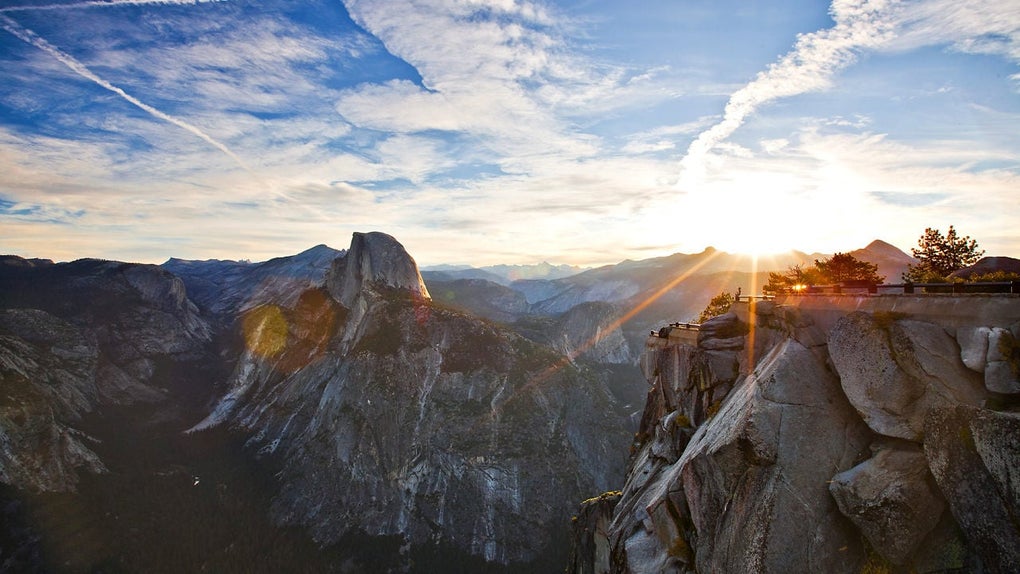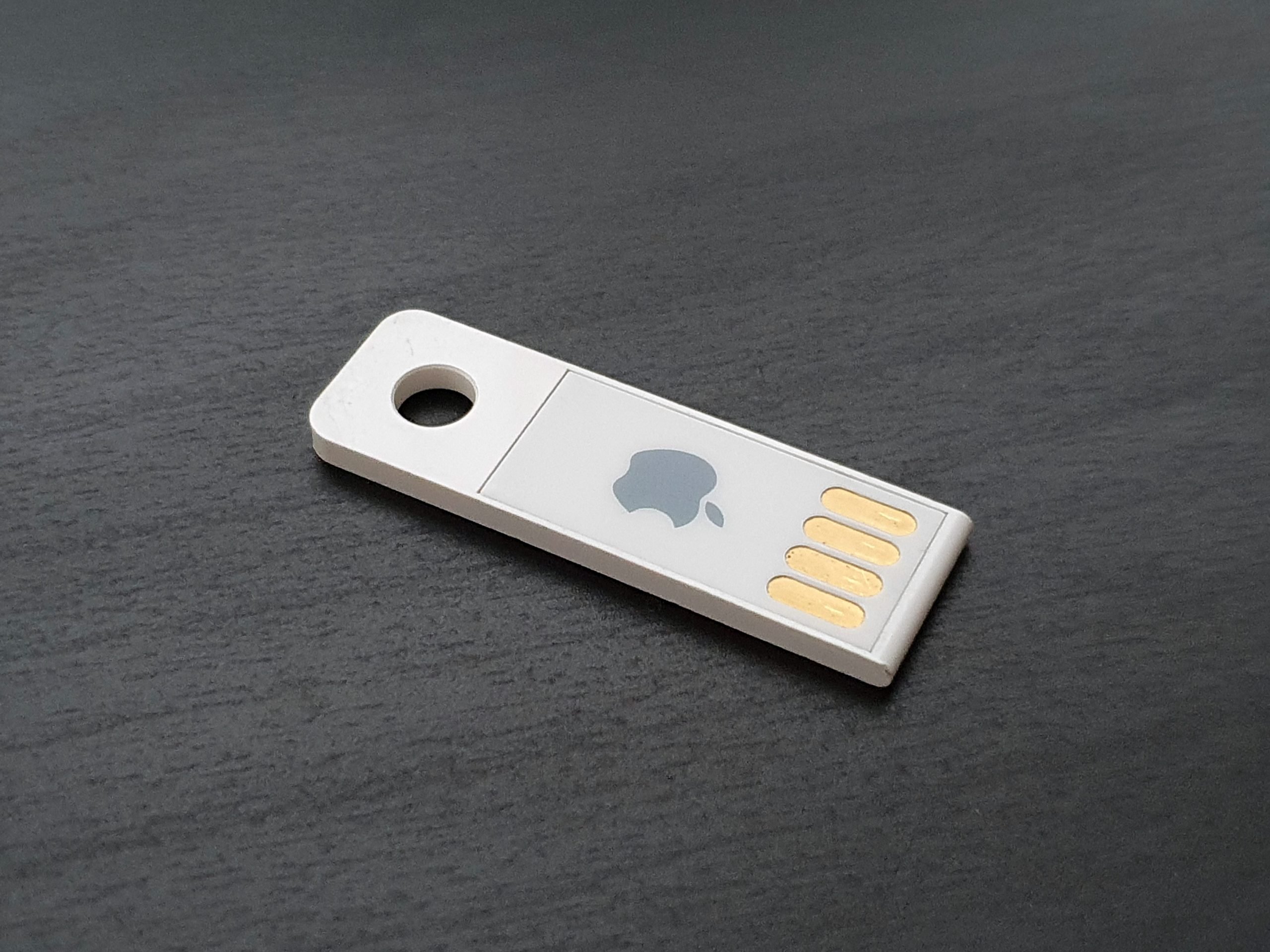Apr 26, 2021 Download the El Capitan Installer. Download the El Capitan installer from the Apple website. It is no longer available in the App Store. Once the download is complete, the installer starts automatically. When it does, quit the installer. You need a copy of the El Capitan installer to make a bootable USB. Mar 07, 2020 The name of the installer is 'Install OS X El Capitan'. It's an application, with the extension.app I suggest that you download the El Capitan installer again. Use the steps on this page Notice that you should get a file named 'InstallMacOSX.dmg' When you open that file, you will get a folder with an installer file, named InstallMacOSX.pkg.

The new OS X El Capitan features a new Split View, features in Safari, Mail, Notes, Maps, and Photos, and more. To get your hands on all this new stuff, you have to install the operating system on your Mac.
If you want to perform a typical OS upgrade, it’s easy. You download it through the App Store. Here, we’ll go through the steps of installing EL Capitan from Yosemite.
It’s about preparation
Before you install the upgrade, there’s a little bit of prep work you should do. Our article on how to get your Mac ready for OS X 10.11 El Capitan is what you should read before you proceed. It covers:
- Compatible hardware and older versions of OS X
- Verifying the health of your Mac
- Installing updates
- Backups
- Encryption issues
Go read that article and come back here when you’re ready to go.
How to download El Capitan
Apple provides the El Capitan upgrade through its App Store. The download is a bit over 6GB, so you may want to download it at a time when you have other things to do—how long the download takes depends on your Internet connection and the amount of activity at the App Store. Or you can use your Mac while you wait, but be ready to save your work and quit when the download is done.
To download El Capitan, launch the App Store app in your Applications folder (or go to Apple menu > App Store). You’ll probably find El Capitan right away, especially if go to the App Store soon after the official release. Apple will probably have a banner at the top promoting El Capitan, but if you don’t see one, you can probably find it in the Free section in the far right column (you might have to scroll down to see it). And you can always do a search on El Capitan.
When you get to the El Capitan page in the App Store, click on the Download button. You may have to enter your Apple ID name and password, and after you do, the installer will download.
Copy the installer
When the download finishes, the installer automatically launches. Don’t click Continue in the installer just yet. What you may not know is that the installer is downloaded to your Applications folder and then deleted after the installation is done.
If you ever need the installer again, you can get it in the App Store. But I like to make a copy of the installer. I often have to perform OS installations, so I make a bootable flash drive that I can use; it’s a lot faster than waiting for the download.
El Capitan Installer Dmg
To copy the installer, you need to hold down the Option key as you drag the Install OS X El Capitan app in your Applications folder to the copy destination. If you don’t hold down Option, you’ll create an alias, not a copy.
Install El Capitan
OK, now you can click that Continue button in the installer window. (If the installer isn’t running, go to your Applications folder and double click the Install OS X El Capitan app.) You’ll be asked to agree and then confirm that you agree to the license agreement.


The next screen will ask you to select the disk for the El Capitan installation. If you have one storage device with one partition, you’ll see it in the installer window. But if you have multiple storage devices and/or multiple partitions, you can select the one you want by clicking the Show All Disks button. Make your selection and click Install.
To continue, you must enter your username and password. The install will prepare to install, restart your Mac, and perform the installation. The Mac may restart again during the installation process. The install will take several minutes, so you may want to go for a walk, call your mom, take a nap, or catch up on chores while the software does its thing.
When the installation is finished, the Mac will restart and you’ll need to log in with your username and password. You may be asked if you want to send diagnostic data to Apple and that you need to log in with your Apple ID, and then a setting up screen will appear and go away. You’re done.
Want to do a clean install of El Capitan?
A clean installation is when you install the operating system on a blank storage device. You can do this by creating a bootable El Capitan installer, and then use it as the boot drive for your Mac. You run Disk Utility to erase your drive and then proceed with the El Capitan installation.
Once the installation is done, you use Migration Assistant to transfer your data from a Time Machine backup.
Why should you do a clean install? Maybe you partitioned your storage device and want to change the scheme. Or maybe you’ve installed and removed lots of apps over time and want to get right of any lingering software components—if this is the case, don’t restore your data from a Time Machine backup. Manually copy your files and reinstall your software.
Short Answer: Not To Bundle
I recently tore down and recreated my local BOSH lite installation. Re-cloned the repos – everything. Imagine my surprise when I ran into this little gem (har har see what I did thar):

This actually ended up being caused by an OpenSSL issue in El Capitan. Specifically, it appears on a cursory Google search that El Capitan doesn’t include OpenSSL. To run BOSH lite locally you will need OpenSSL, so the quickest way to fix this if you have Homebrew is:
Background
Arriving at that solution was not as direct as I would have liked as there are a couple ambiguous things going on in this error. The bit about bundler seems to indicate, well, a bundler problem. Then there is message that follows the ruby/bundler errors that seems to indicate that I am not targeting a BOSH lite, which of course I am:
El Capitan Installer Dmg
Running gem install bundler ; bundle install did update some gems, and also brought me back face-to-face with my old friend the nokogiri install error, but ultimately did not resolve this issue.
El Capitan Installer Boot Usb
So how did I ultimatley come across the OpenSSL issue? A suggestion from a co-worker who is Ruby-familiar mentioned the issue about bundler missing OpenSSL on El Capitan and sort of wondered aloud if that could be the cause of the issue and that turned out to be it.